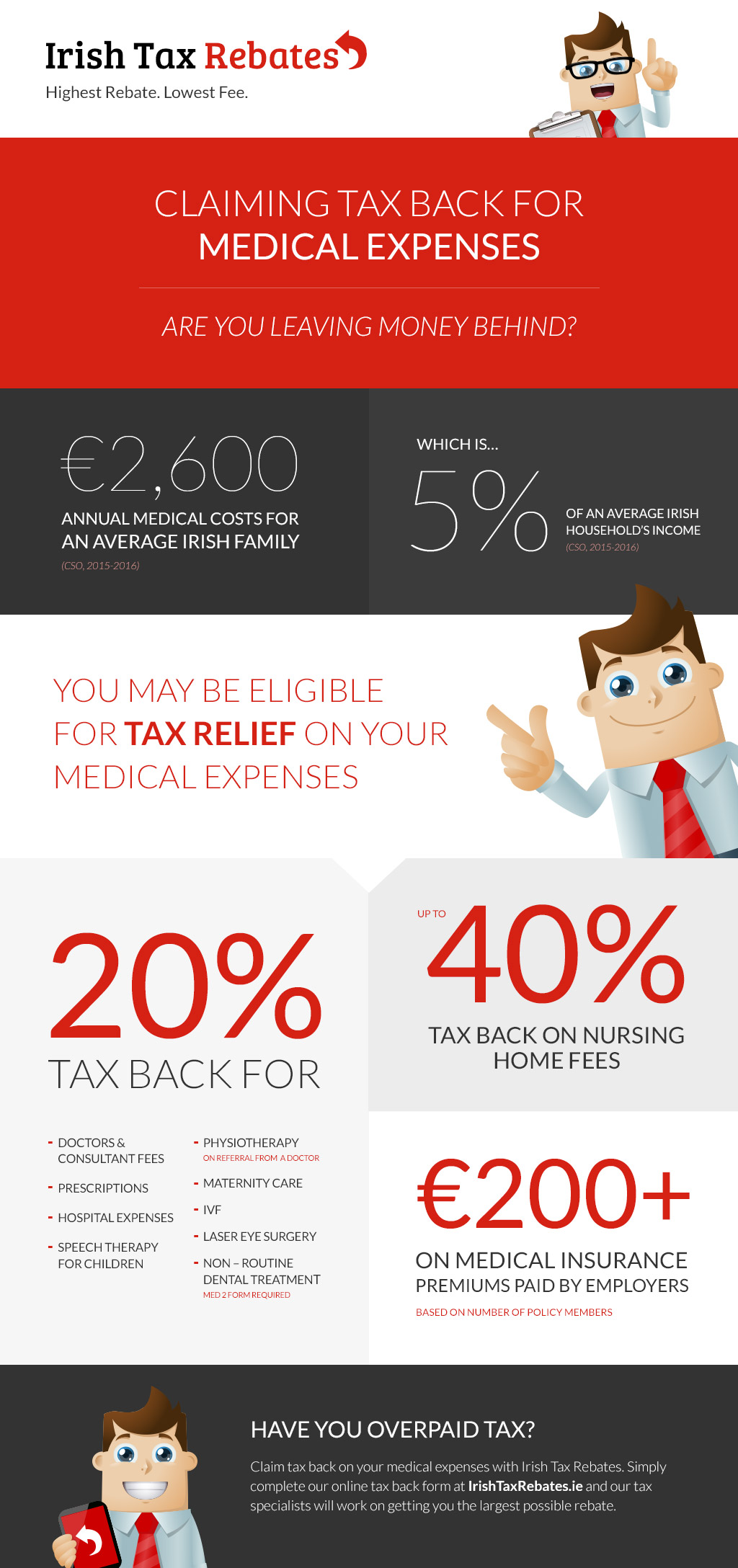Material Develop By-Maher Vester
If you're considering vision modification choices, PRK surgical procedure could be worth discovering. Unlike LASIK, PRK improves the cornea without producing a flap, which can minimize specific risks. This approach is specifically beneficial for those with thinner corneas or higher prescriptions. You could be curious regarding how this procedure functions, its benefits, and whether you're an ideal candidate. Recognizing these elements can help you make an extra enlightened choice concerning your vision requires.
What Is PRK Surgical treatment and Exactly How Does It Work?
PRK surgical treatment, or photorefractive keratectomy, is a popular laser vision correction treatment created to enhance your vision.
Unlike LASIK, PRK improves the cornea by eliminating the external layer of cells. During the treatment, your eye surgeon makes use of a great beam of laser light to specifically form the corneal cells underneath. This modification allows light to focus properly on the retina, boosting your vision. The external layer after that regrows naturally in time.
PRK's benefits include a lower threat of issues associated with corneal flaps, making it suitable for individuals with thinner corneas. Healing may take longer than LASIK, yet many people take pleasure in clear vision without glasses or contact lenses after the recovery procedure is full.
Benefits of PRK Over LASIK
While both PRK and LASIK are effective laser vision adjustment options, there are distinct advantages to choosing PRK for sure clients.
One significant benefit is that PRK does not involve producing a corneal flap, which decreases the danger of problems associated with flap issues. This makes PRK a more secure choice for those with thinner corneas or specific eye problems.
Additionally, given that PRK deals with the surface area of the eye, it can be extra reliable for clients with higher prescriptions.
The healing process, although a little longer, typically results in stable, durable results.
You'll likewise appreciate that PRK is much less most likely to cause dry eyes contrasted to LASIK, enabling a much more comfortable healing experience.
Who Is an Ideal Candidate for PRK?
Are you asking yourself if PRK is the appropriate option for you? Ideal candidates usually include people with moderate to moderate nearsightedness, farsightedness, or astigmatism.
If https://www.google.com/search?q=Porter+Ophthalmology&ludocid=12007586499297771368&lpsid=CIHM0ogKEKm0h8bY6-TtNA&source=sh/x/localposts/m1/1&lsig=AB86z5XOaVZhl0lpCvdNe1PAJk27&shndl=-1&shem=sdl1pl&kgs=a08e044676597794 have thin corneas or various other corneal abnormalities, PRK can be a far better alternative because it does not include reducing a flap like LASIK. You need to additionally go to the very least 18 years of ages and have secure vision for at least a year.
If you've had previous eye surgical treatments, discuss your options with your eye specialist. Additionally, those with particular medical problems, like autoimmune illness or unrestrained diabetic issues, might not certify.
Inevitably, a detailed eye examination and consultation will help determine if PRK is the very best solution for your vision requires.
Conclusion
In conclusion, PRK surgical procedure uses a secure and reliable method to boost your vision without the risks associated with LASIK. By reshaping pachymetry without developing a flap, it's optimal for those with thinner corneas or greater prescriptions. While healing may take a bit much longer, numerous people take pleasure in secure outcomes and less discomfort, like less circumstances of dry eyes. If you're considering vision correction, PRK could be the appropriate option for you.

